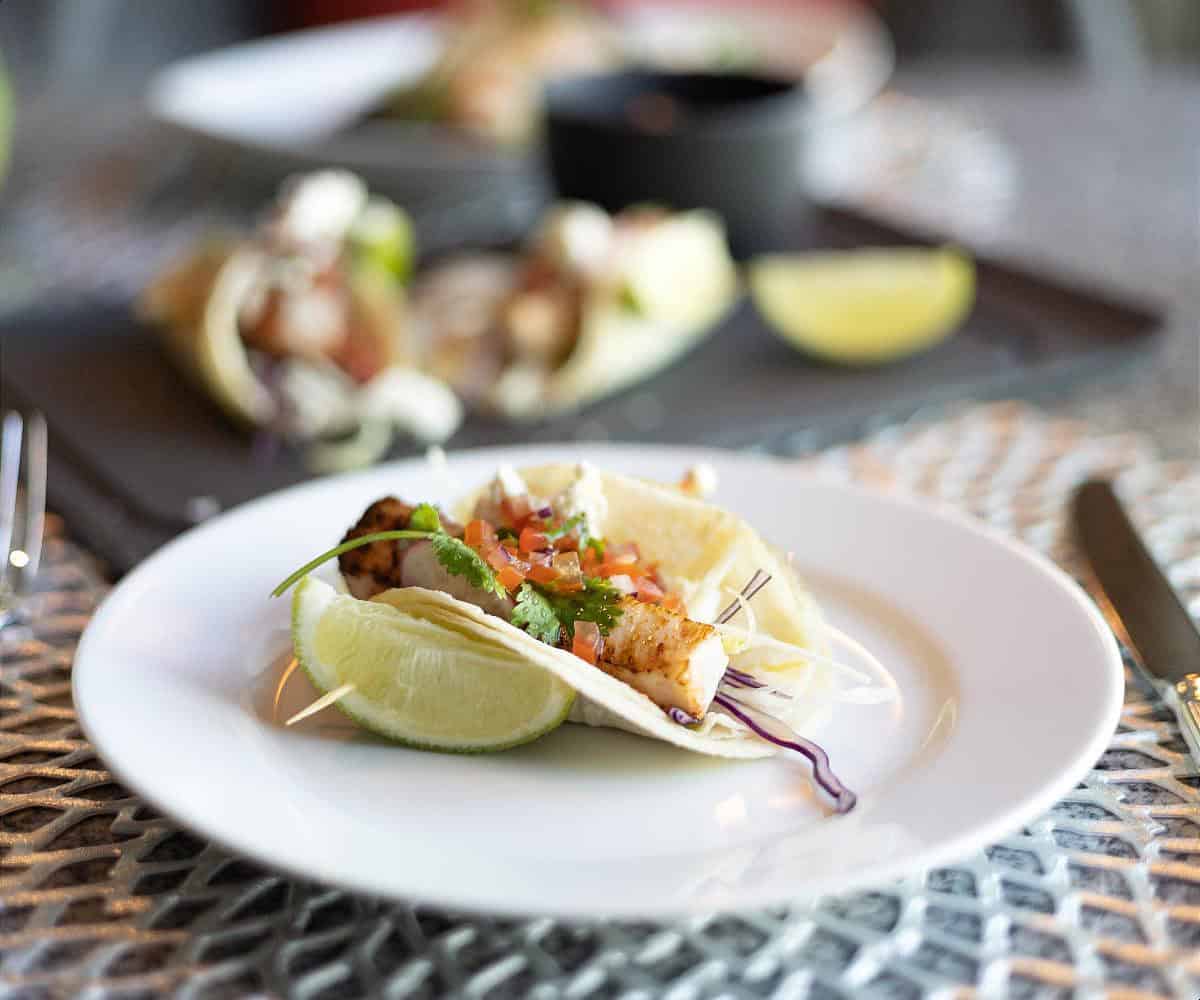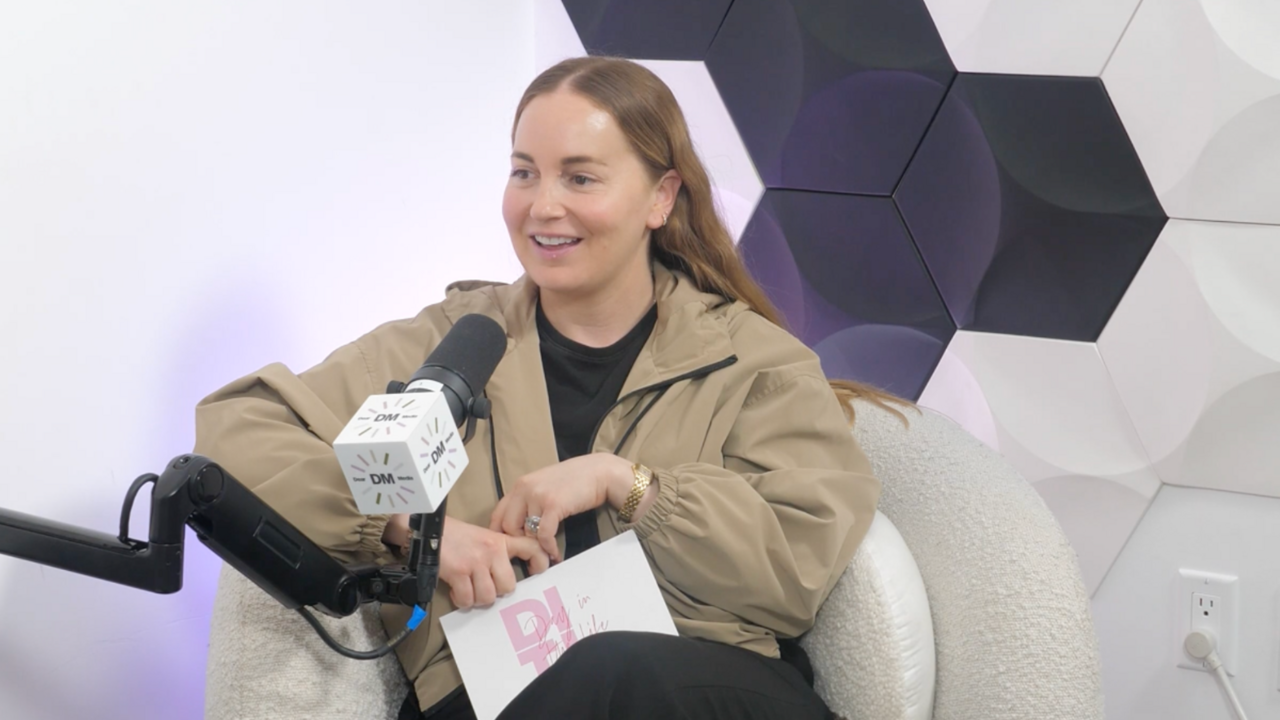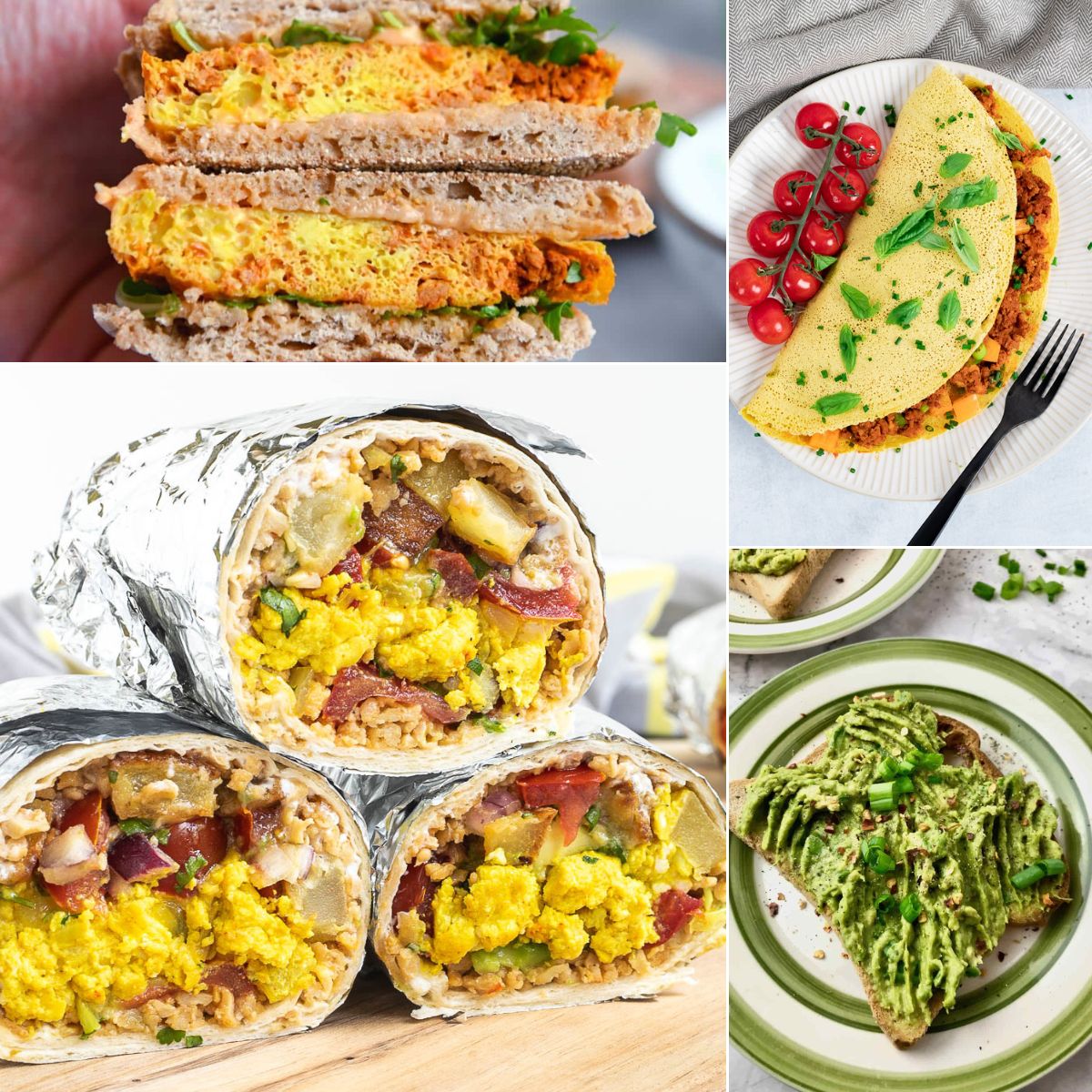Inside Chipotle’s breakthrough NHL mixed-reality ad
How the Avalanche and its new sponsor assembled a tech-enabled burrito bowl ad that merged live programming and a commercial break.

Chipotle quite literally broke the ice on a new kind of ad last week, using mixed reality technology to spring an unexpected surprise on viewers of a Stanley Cup playoff game between the Colorado Avalanche and St. Louis Blues. The stunt, which made it appear a gigantic hand broke through the ice to grab a burrito bowl, merged live programming with a commercial break.
The tactic showed how brands can break through traditional ad clutter to gain attention.
“I think there’s a new type of ad inventory that may exist now, because we’re combining what looks like programming with the traditional commercial,” Andrew Isaacson, executive VP of The Famous Group, which produced the spot that was developed in a partnership between Chipotle, its creative agency Venables Bell & Partners, and the Avalanche.
“We took 30 seconds of ad inventory and combined that with 15 seconds of programming time to make this work," Isaacson said. "Viewers think that they’re coming back to programming when in reality they’re still in a commercial break and that rolls over into the programming—and the audience is tricked into thinking that they’re back at the game.”
The spot aired between the second and third periods of the May 19 quarterfinal game on TNT. It used the same camera angles and background noise that an actual hockey broadcast would show following an intermission commercial break. The narrator was Alan Roach, the Turner Sports play-by-play announcer for the game.
After the hand descends into the ice, it rises again, pawing the ice for the giant black plastic fork—an iconic element of the Chipotle brand—that had tumbled off the bowl. “…And he’s coming back for the fork!” Roach excitedly relates as the camera pans up to the overhead video scoreboard which displays a Chipotle ad, and Roach subtly reveals it was all a stunt: “Chipotle… an official sponsor of the NHL.”.
Mixed reality refers to a technology utilizing graphics and animation to interact with 3D environments virtually indistinguishable from the real thing.
The Famous Group is known for pioneering new experiences for sports fans—notably an animation shown to fans attending Carolina Panthers NFL games last year that showed a giant Panther mascot climbing on the goalposts and scoreboard of the team’s Bank of America Stadium. The Chipotle ad represents the first time the company built a production around a brand and not a sports mascot.
Willing to experiment
The ad—which was also shown to fans at the game—was subsequently tweeted out by the Avalanche and gained a second wind online, resulting in what Chipotle’s chief marketing officer, Chris Brandt, described as a reception that went well beyond the brand’s expectations. It also helped support a marketing strategy that seeks to distinguish the company as an innovator, while leveraging a newly hatched official NHL sponsor agreement promoting “real food for real athletes” before the devoted and passionate viewers of its playoffs.
“One of the reasons we chose the NHL as a partner was because they were willing to experiment and do things a little differently and that’s what we like to do at Chipotle because it reflects how different we are in the category,” Brandt said. “We have a different approach to things like sustainability, and support for farmers, that we feel gives us a license to be a little bit different, and we think the difference is reflected in our food—we call it ‘the difference is real.’”
Chipotle has met with success with additional forays into digital innovation including a recent metaverse exploration with Roblox, support of a $50 million venture fund aimed at early-stage food tech entrepreneurs and experiments with a tortilla-making robot called Chippy.
While representatives of the brand, its agencies and the hockey club describe a complex and coordinated race to complete the ad in about 30 days, the project’s origins date back to a friendly conversation between real-life neighbors: Isaacson of The Famous Group, and Scott Robinson, a senior brand manager at Chipotle. As Isaacson explained, Robinson had seen The Famous Groups’ Panthers production online last October, and informally inquired his Southern California neighbor about the potential of the restaurant company and production house working together. They found willing partners in the NHL and the Avalanche.
Mixed reality as practiced by The Famous Group includes creation of virtual three-dimensional models to which animation is “attached.” In order to recreate Ball Arena for hockey, the group needed access to the Avalanche’s servers, and utilized the team’s broadcast and in-game entertainment and presentation teams to help pull it off. The Famous Group simulated the ad’s icebreaking using versions of graphics software Houdini and Pixotope/Unreal Engine.
Chipotle and the team separately worked together to build interest around Denver with a buy-one, get-one free offer on certain menu items for customers who wore Avalanche jerseys to participating restaurants the day before the ad ran.
“As a club, we’re always looking to innovate and create new experiences for our fans,” said Michael Ceilley, senior VP, partnership marketing and media sales, for the Avalanche. “So when Chipotle approached us and asked if we’d like to be the first club to use this technology during an NHL game, we were really excited about the opportunity.”
Ceilley said he has already received numerous inquiries from counterparts with other sports teams, asking how the club was able to execute the plan and how they could also participate. Its social media team in the meantime had plenty of fun with fan reaction to the stunt.
Chipotle declined to specify what it spent on the ad.
Isaacson predicted the stunt “is really just the tip of the iceberg,” for mixed-reality as an ad medium. “The fact that we were able to do a product placement inside a mixed-reality live ad opens countless doors to other advertisers, and I think you can connect the dots—you see that glove come out, and think could it grab my phone? Could it grab a car? Insert product here. I think there’s something exciting about that.”

 Aliver
Aliver 









.jpg&h=630&w=1200&q=100&v=2a8ddfbc4a&c=1)





















